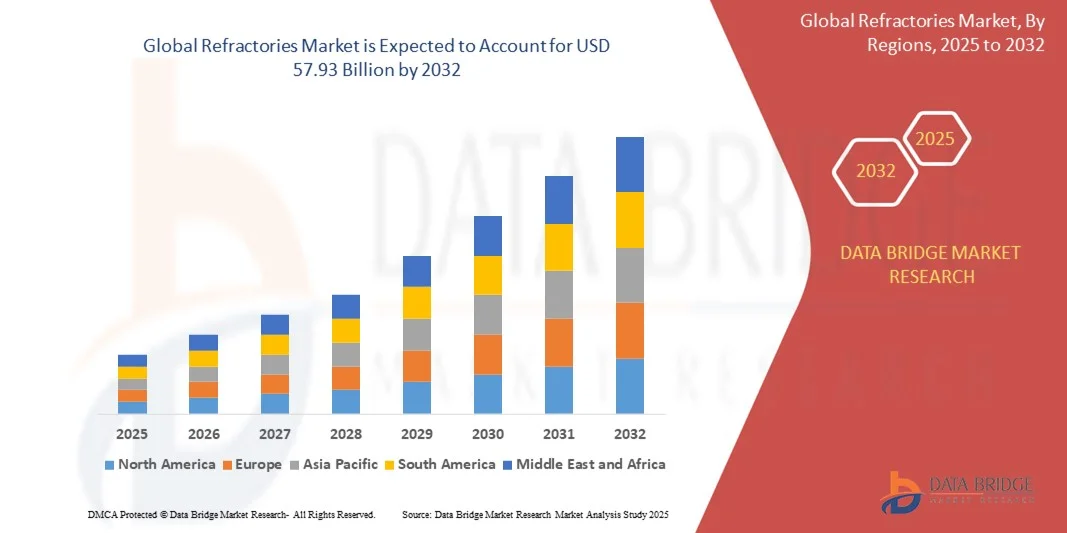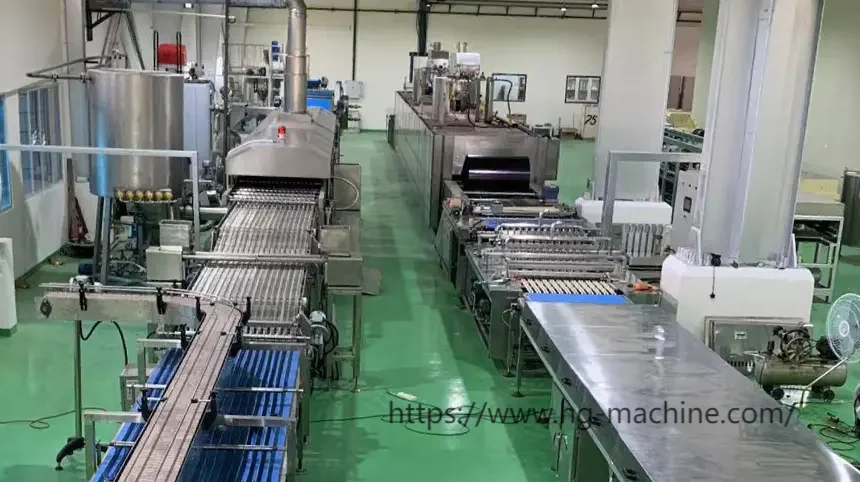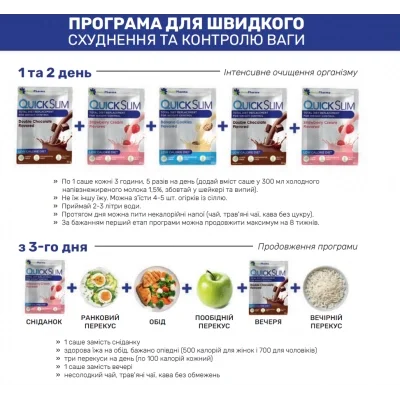Refrigerant Market: Shaping the Future of Cooling Solutions with Low-GWP Alternatives

"Comprehensive Outlook on Executive Summary Refrigerant Market Size and Share
CAGR Value
The global refrigerant market size was valued at USD 28.86 billion in 2024 and is expected to reach USD 53.02 billion by 2032, at a CAGR of 7.90% during the forecast period
Taking up Refrigerant Market research report is always beneficial for businesses when it is about sound decision making and superior management of goods and services. This market report surely assists in the journey to accomplish business growth and success. The report examines rising opportunities in the Refrigerant Market industry and associated influencing factors which are valuable for the businesses. The market document gives the best outcome because it is structured with a nice blend of advanced industry insights, practical solutions, talent solutions and latest technology. The world class Refrigerant Market report presents an excellent experience to the readers or end users.
Refrigerant Market analysis report is object-oriented which is produced with the combination of a splendid industry experience, talent solutions, industry insight and most up to date tools and technology. The report also covers market overview, premium insights, key insights and company profiles in detail of the key market players. The report presents the data and information for actionable, most modern and real-time market insights which makes it easy to go for critical business decisions. Market research analysis and data in Refrigerant Market report lends a hand to businesses for the planning of production, product launches, costing, inventory, purchasing and Market strategies.
Access expert insights and data-driven projections in our detailed Refrigerant Market study. Download full report:
https://www.databridgemarketresearch.com/reports/global-refrigerant-market
Refrigerant Industry Snapshot
**Segments**
- Based on type, the global refrigerant market can be segmented into Fluorocarbons, Hydrocarbons, Inorganics, Ammonia, and Others. Fluorocarbons are further categorized into HFC, HCFC, and HFO. Hydrocarbons include Propane and Isobutane, which are gaining popularity due to their environmentally friendly properties. The inorganics segment consists of Carbon Dioxide and Air, which are also being increasingly used as refrigerants in various applications. Ammonia is widely used in industrial refrigeration systems for its efficiency and low cost compared to synthetic refrigerants.
- By application, the global refrigerant market is segmented into Domestic, Commercial, Industrial, and Transport Refrigeration. The domestic segment includes refrigeration systems used in household appliances such as refrigerators and freezers. Commercial refrigeration is used in supermarkets, convenience stores, and cold storage warehouses. Industrial refrigeration finds application in food processing, chemical processing, and pharmaceutical industries. Transport refrigeration is used in vehicles to transport perishable goods.
- On the basis of region, the global refrigerant market is segmented into North America, Europe, Asia Pacific, Latin America, and Middle East & Africa. Asia Pacific is the largest market for refrigerants due to rapid industrialization and increasing demand for consumer appliances. North America and Europe are also significant markets for refrigerants, with stringent regulations driving the adoption of environmentally friendly refrigerants.
**Market Players**
- The key players in the global refrigerant market include The Chemours Company, Honeywell International Inc., Arkema SA, Linde plc, Daikin Industries, Ltd., Mexichem S.A.B. de C.V., Dongyue Group Co., Ltd., Sinochem Group, Navin Fluorine International Limited, and Harp International Ltd. These companies are focusing on developing low-GWP (Global Warming Potential) refrigerants to comply with regulations such as the Kigali Amendment to the Montreal Protocol.
- Other notable market players in the refrigerant industry are Gulf Cryo, A-Gas, Puyang Zhongwei Fine Chemical Co., Ltd., Tazzetti S.p.A., Zhejiang Juhua Co., Ltd., Shandong Yuean Chemical Industry Co., Ltd., AGC Inc., and Airgas, Inc. These companies are investing in research and development activities to introduce sustainable refrigerant solutions and expand their market presence globally.
The global refrigerant market continues to evolve with technological advancements and environmental considerations driving the demand for sustainable cooling solutions. One key trend shaping the market is the shift towards low-GWP refrigerants in response to regulations aimed at reducing greenhouse gas emissions. Manufacturers are increasingly focusing on developing alternatives to high-GWP refrigerants such as HFCs and HCFCs to address environmental concerns and comply with regulations. This trend is pushing the industry towards adopting natural refrigerants like hydrocarbons, ammonia, and carbon dioxide, which have lower environmental impact and offer better energy efficiency.
Another notable trend in the refrigerant market is the growing emphasis on energy efficiency and sustainability in refrigeration systems. As energy consumption and environmental impact become critical factors in decision-making, there is a rising demand for refrigerants that not only provide effective cooling but also minimize carbon footprint. This has led to the development of energy-efficient refrigeration solutions that utilize advanced technologies and sustainable refrigerants to reduce energy consumption and operating costs. Manufacturers are investing in research and development to create innovative refrigeration systems that optimize performance while reducing environmental impact.
Additionally, the increasing adoption of smart and connected refrigeration solutions is driving market growth. With the rise of IoT and digital technologies, refrigeration systems are becoming more intelligent and capable of real-time monitoring, data analysis, and remote control. Smart refrigeration systems offer benefits such as predictive maintenance, energy optimization, and improved operational efficiency, which are driving their adoption across various sectors including retail, food processing, and cold chain logistics. This trend is expected to continue as businesses seek to enhance productivity, reduce downtime, and improve sustainability in refrigeration operations.
Furthermore, the shift towards sustainable practices and circular economy principles is influencing the refrigerant market dynamics. Manufacturers are exploring closed-loop refrigerant systems, reclaiming and recycling initiatives, and eco-friendly disposal methods to minimize environmental impact and promote resource efficiency. This approach aligns with the broader sustainability goals of reducing waste, conserving resources, and mitigating climate change. As awareness of environmental issues grows and regulatory pressures increase, the industry is expected to further embrace sustainable practices and circular economy models to create a more sustainable future for refrigeration systems.
In conclusion, the global refrigerant market is undergoing significant transformations driven by environmental concerns, technological innovations, regulatory developments, and shifting consumer preferences. The industry is witnessing a transition towards sustainable refrigeration solutions, energy-efficient systems, smart technologies, and circular economy practices to meet the evolving demands of a rapidly changing market landscape. Market players are adapting to these trends by investing in R&D, expanding their product portfolios, and collaborating with stakeholders to drive innovation and sustainability in the refrigerant industry.The global refrigerant market is experiencing a significant shift towards sustainability and environmental consciousness, driven by technological advancements and regulatory pressures. One key trend shaping the market is the increasing focus on low-GWP refrigerants as a response to regulations aimed at reducing greenhouse gas emissions. Manufacturers are actively developing alternatives to high-GWP refrigerants such as HFCs and HCFCs to address environmental concerns and comply with global regulations like the Kigali Amendment to the Montreal Protocol. This trend is pushing the industry towards adopting natural refrigerants like hydrocarbons, ammonia, and carbon dioxide, which have lower environmental impact and offer better energy efficiency.
Energy efficiency and sustainability are becoming paramount in refrigeration systems as energy consumption and environmental impact are key considerations for businesses. The market is witnessing a growing demand for refrigerants that not only provide effective cooling but also minimize carbon footprint. To meet this demand, manufacturers are investing in research and development to create energy-efficient refrigeration solutions that utilize advanced technologies and sustainable refrigerants to reduce energy consumption and operating costs.
Moreover, the increasing adoption of smart and connected refrigeration solutions is driving market growth as IoT and digital technologies revolutionize the industry. Smart refrigeration systems offer benefits such as predictive maintenance, energy optimization, and improved operational efficiency, leading to their adoption across various sectors including retail, food processing, and cold chain logistics. This trend is expected to continue as businesses seek to enhance productivity, reduce downtime, and improve sustainability in refrigeration operations.
The industry is also embracing sustainable practices and circular economy principles to minimize environmental impact and promote resource efficiency. This includes exploring closed-loop refrigerant systems, reclaiming and recycling initiatives, and eco-friendly disposal methods to align with broader sustainability goals. As awareness of environmental issues grows and regulatory pressures increase, the industry is expected to further integrate sustainable practices and circular economy models to create a more sustainable future for refrigeration systems.
In conclusion, the global refrigerant market is undergoing a transformation towards sustainability, energy efficiency, smart technologies, and circular economy practices driven by environmental concerns and regulatory developments. Market players are adapting to these trends by investing in innovation, expanding product offerings, and collaborating with stakeholders to drive sustainability in the refrigerant industry. This evolution towards a more environmentally friendly and efficient refrigerant market highlights the industry's commitment to meeting the evolving demands of a changing market landscape.
Discover the company’s competitive share in the industry
https://www.databridgemarketresearch.com/reports/global-refrigerant-market/companies
Market Intelligence Question Sets for Refrigerant Industry
- What does the most recent data suggest about the Refrigerant Market size?
- How fast is this Refrigerant Market forecasted to expand?
- What are the detailed segments covered in the Refrigerant Market report?
- Who are the top-performing vendors in the space?
- What product introductions have shaped the Refrigerant Market recently?
- What national-level insights are offered in the Refrigerant Market study?
- Where is growth accelerating most significantly?
- Which country is forecasted to be the Refrigerant Market frontrunner?
- Which regional bloc holds the highest revenue share for Refrigerant Market?
- What country will lead with the fastest expansion rate?
Browse More Reports:
Middle East and Africa Neuroendocrine Tumors Market
North America Neuroendocrine Tumors Market
Europe Neuropathic Pain Market
North America Neuropathic Pain Market
Asia-Pacific Neuropathic Pain Market
Asia-Pacific Commercial Jar Blenders Market
Middle East and Africa Commercial Jar Blenders Market
North America Commercial Jar Blenders Market
Europe Commercial Jar Blenders Market
Europe Computer Vision Market
North America computer vision Market
Asia-Pacific Computer Vision Market
Middle East and Africa Potting and Encapsulating Compounds Market
Europe Potting and Encapsulating Compounds Market
North America Potting and Encapsulating Compounds Market
Middle East & Africa Mycoplasma Testing In Clinical Market
About Data Bridge Market Research:
An absolute way to forecast what the future holds is to comprehend the trend today!
Data Bridge Market Research set forth itself as an unconventional and neoteric market research and consulting firm with an unparalleled level of resilience and integrated approaches. We are determined to unearth the best market opportunities and foster efficient information for your business to thrive in the market. Data Bridge endeavors to provide appropriate solutions to the complex business challenges and initiates an effortless decision-making process. Data Bridge is an aftermath of sheer wisdom and experience which was formulated and framed in the year 2015 in Pune.
Contact Us:
Data Bridge Market Research
US: +1 614 591 3140
UK: +44 845 154 9652
APAC : +653 1251 975
Email:- [email protected]
"




